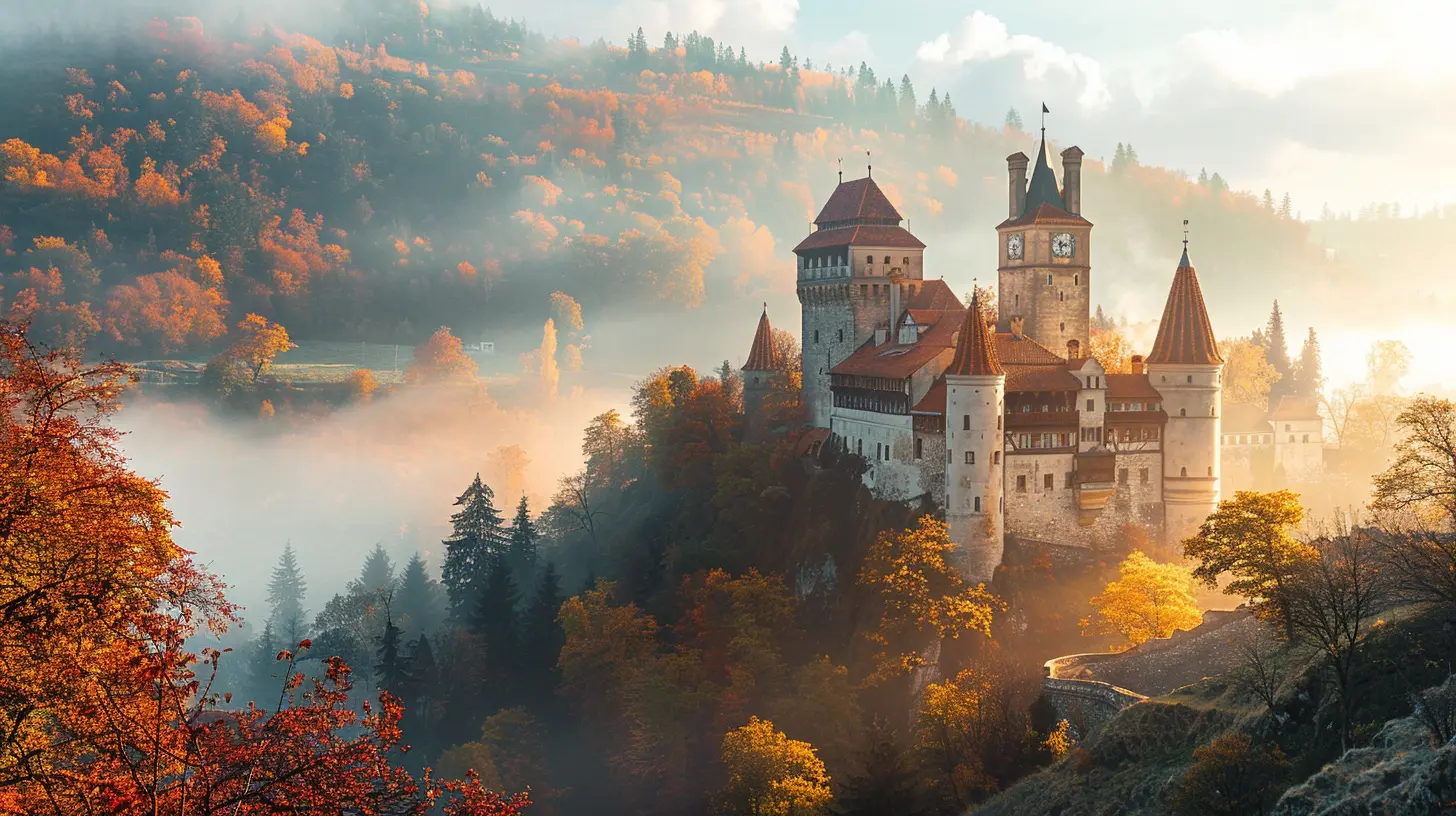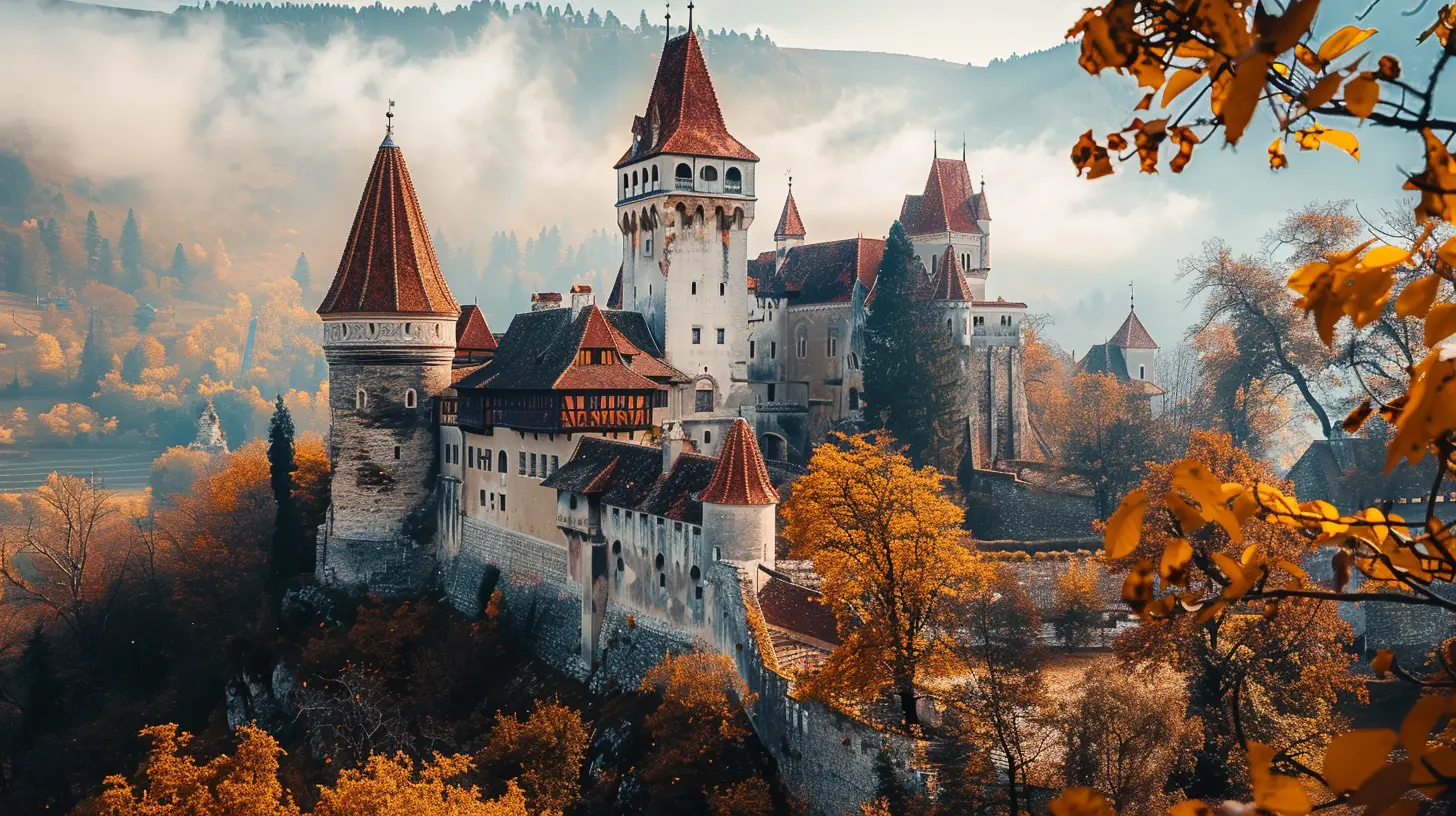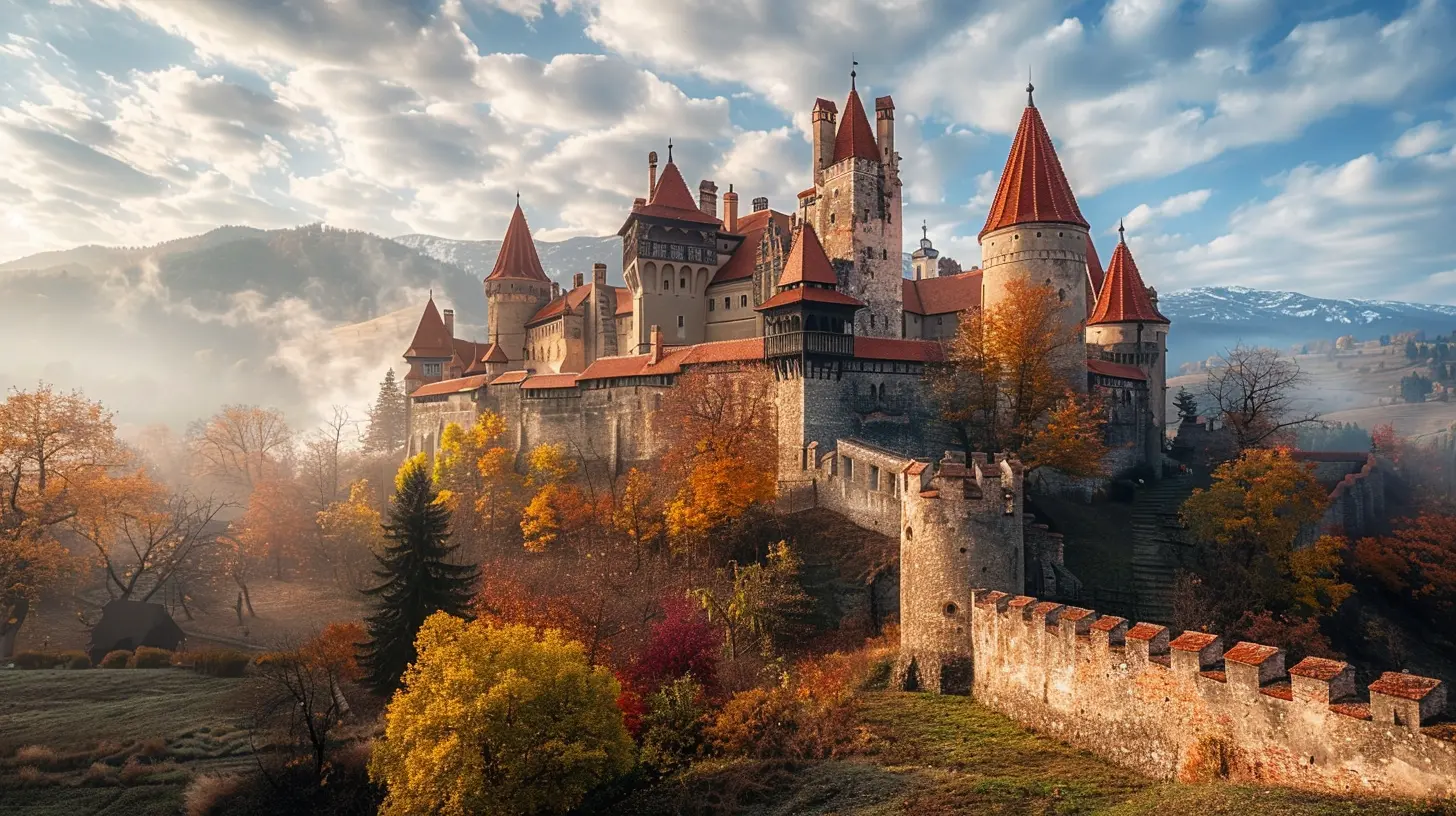Medieval Castles and Cultural History in Transylvania
4 June 2025
Transylvania – just the name itself conjures up images of misty mountains, medieval fortresses, and spooky legends. Nestled in the heart of Romania, this region is a dreamland for history buffs, castle lovers, and curious travelers alike. More than just the home of Dracula myths, Transylvania holds a treasure trove of medieval castles and a rich cultural history that feels like stepping straight into a fairy tale.
So, grab your virtual torch and let’s embark on an enchanting journey through time, where stone walls whisper ancient secrets and cobblestone streets echo with the footsteps of medieval rulers.

The Medieval Charm of Transylvania
If medieval architecture and history fascinate you, Transylvania is practically a living museum. The region is dotted with countless castles and fortresses, each with its own captivating story. Whether you’re after grand royal residences or rugged fortifications built to withstand invaders, there’s something magical here for every history enthusiast.But what makes Transylvania so unique? It’s not just the castles—it’s the blend of cultures, legends, and traditions that have shaped these monumental structures. Saxons, Hungarians, and Romanians have all left their mark, creating an architectural and historical mix that’s as intriguing as it is beautiful.

Iconic Castles You Can’t Miss
1. Bran Castle – The "Dracula" Castle
Let’s address the vampire in the room—Bran Castle. Often linked to Bram Stoker’s Dracula, this castle is a must-see, even though its connection to Vlad the Impaler (the inspiration for Dracula) is shaky at best.Perched dramatically on a rocky hilltop, Bran Castle looks like something straight out of a gothic novel. With its turrets, secret passageways, and medieval artifacts, it’s no wonder visitors from around the world flock here. Whether or not Dracula ever lived here, the eerie yet romantic atmosphere is enough to send shivers down your spine.
2. Corvin Castle – The Gothic Masterpiece
If there’s one castle in Transylvania that truly looks like it belongs in a fantasy movie, it’s Corvin Castle. This jaw-dropping Gothic-Renaissance fortress in Hunedoara is nothing short of spectacular. Massive wooden bridges, iron-studded doors, and a haunting legend about prisoners who were forced to dig a well—it’s got all the ingredients for an epic tale.Unlike Bran Castle, Corvin Castle has a direct historical connection to important medieval figures. It was once home to John Hunyadi, a respected military leader who defended Europe against the Ottoman Empire.
3. Peleș Castle – A Royal Extravaganza
Though not medieval in the strictest sense, Peleș Castle in Sinaia is a breathtaking blend of Neo-Renaissance and Gothic elements. Built in the late 19th century as a summer residence for Romanian royalty, this castle is almost too beautiful to be real. Think grand chandeliers, exquisite wood carvings, and luxurious halls fit for a king—or in this case, King Carol I of Romania.Peleș Castle is a masterpiece of European elegance with a dash of fairy-tale charm, making it one of the most visually stunning stops in Transylvania.
4. Râșnov Fortress – A True Medieval Stronghold
For a true taste of medieval defense tactics, head to Râșnov Fortress. This fortress wasn’t just a castle—it was a refuge for villagers during times of invasion. Built by the Teutonic Knights, it's perched high on a hill with breathtaking views of the surrounding landscape.Since it was designed for survival rather than luxury, Râșnov Fortress showcases practical medieval architecture: thick stone walls, narrow corridors, and a deep well that, according to local legends, took over a decade to dig!

Cultural Layers of Transylvania
Castles are just the beginning. Transylvania’s cultural history is just as fascinating as its architecture. Over the centuries, the region has been a melting pot of different ethnic groups, including Saxons, Romanians, Hungarians, and even Szeklers.This cultural blend is reflected in everything—from the towns and villages to traditions and crafts.
Saxon Influences and Fortified Churches
During the medieval period, German-speaking Saxons settled in Transylvania and built impressive fortified churches to protect against invasions. Towns like Sibiu, Sighișoara, and Brașov still showcase their architectural legacy.Sighișoara, in particular, is like an open-air museum. With its colorful medieval houses, narrow streets, and charming clock tower, it’s one of the best-preserved medieval towns in Europe. Fun fact: It’s also the birthplace of Vlad the Impaler himself.
Hungarian and Romanian Heritage
Hungarians have left their mark with stunning Gothic architecture, particularly in Cluj-Napoca, where impressive cathedrals and historical buildings showcase their influence. Meanwhile, Romanian traditions are still alive in rural areas, where you’ll find wooden churches, folklore, and crafts passed down through generations.Legends and Folklore – More Than Just Dracula
Transylvania’s cultural history wouldn’t be complete without its fascinating legends. While Dracula might be the most famous myth, the region is full of ghost stories, mystical creatures, and eerie tales whispered among the locals.One of the creepiest spots? Hoia Baciu Forest, often dubbed "the Bermuda Triangle of Transylvania." With countless reports of strange lights, disappearing hikers, and bizarre electromagnetic activity, it’s one of the world’s most famous haunted forests.

Why You Should Visit
If you’ve ever dreamed of roaming through medieval corridors, stepping into gothic towers, or experiencing the echoes of a bygone era, Transylvania is your perfect destination. Whether it’s the imposing castles, the rich history, or the blend of cultures, every stone and every street has a story to tell.And let’s not forget the food—because no medieval adventure is complete without a feast! Traditional Romanian dishes like sarmale (stuffed cabbage rolls), mămăligă (polenta), and papanași (delicious fried doughnuts with sour cream and jam) will give you a taste of the region’s culinary heritage.
So, are you ready to pack your bags and step into a world where legends and history intertwine? Transylvania awaits, and trust me—you won’t be disappointed.
all images in this post were generated using AI tools
Category:
Cultural ToursAuthor:

Shane Monroe
Discussion
rate this article
3 comments
Felix McClendon
Transylvania's medieval castles are not just stunning landmarks; they are windows into a rich cultural history. Exploring this enchanting region offers a captivating blend of breathtaking scenery and fascinating tales from the past. Enjoy your adventure!
June 12, 2025 at 3:48 AM

Shane Monroe
Thank you! I completely agree—Transylvania's castles truly embody its rich cultural heritage and offer an unforgettable experience. Enjoy your journey through history!
Derek McMaster
Transylvania’s medieval castles are a stunning glimpse into its rich cultural history and enchanting landscapes!
June 10, 2025 at 3:05 AM

Shane Monroe
Thank you! I’m glad you appreciate the beauty and history of Transylvania’s castles. They truly are a window into the region's captivating past!
Kyle Morrow
Transylvania’s medieval castles are not just architectural wonders; they are gateways to a rich tapestry of cultural history. Exploring their storied walls reveals the region's fascinating blend of myths, traditions, and resilience that shaped Romanian identity.
June 4, 2025 at 5:01 AM

Shane Monroe
Thank you for highlighting the deep cultural significance of Transylvania’s castles! They indeed serve as remarkable windows into the region's rich history and folklore.



